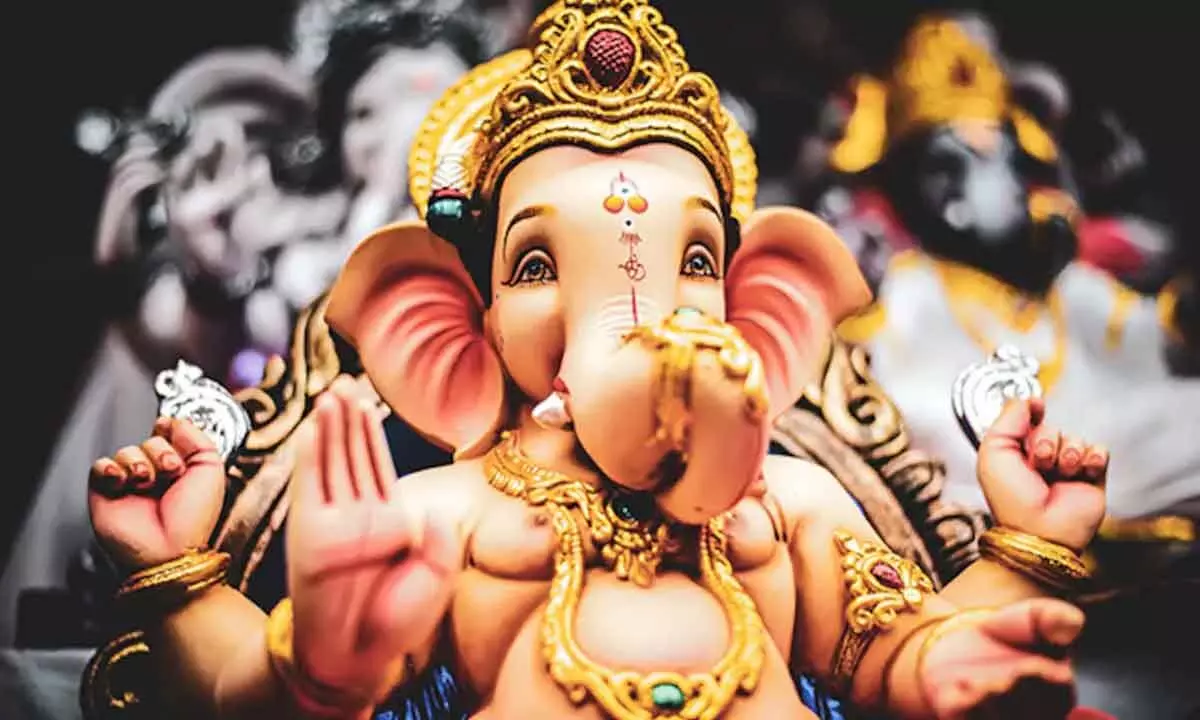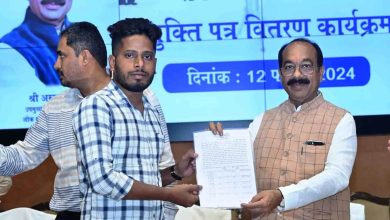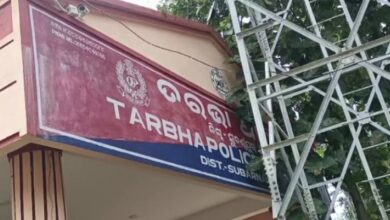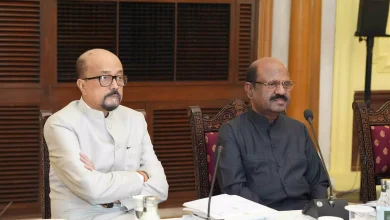Lord Ganesha getting ready to come home before the festival

Hyderabad: With less than a week for Ganesh Chaturthi festival, artisans are busy giving finishing touches to Ganesh idols in the city. A wide variety of Ganapati idols are being made in various parts of the city and have been kept on display for the festival, which falls on September 18. Most of the devotees are already thronging the market for buying idols to celebrate the festival. Among the myriad designs on display, the idol adorned with the traditional Maharashtrian Pheta, embellished with glistening rhinestones, garnered considerable attention. In addition to this, idols painted with organic, natural hues, as well as those in an understated plain brown finish, along with others bedecked in sequins and precious jewels, also commanded their fair share of admiration. Although small idols of one to two feet are made using clay, huge idols are made using Plaster of Paris (PoP). The raw materials for making the idol are procured from States such as Rajasthan and Gujarat, says Kailash Singh, an idol maker in Dhoolpet in the city. The crafting process of these idols involves a meticulous approach, where each component, such as the heads, arms, legs, and mounts, is meticulously crafted separately using specialised mould dies. Subsequently, these components are skilfully assembled to form the complete idol, showcasing unique designs tailored to individual orders. In the finishing stages, artisans adorn the idols with an exquisite array of sequins and precious gems, and they apply vibrant, water-based, and environmentally friendly natural dyes to enhance their visual appeal. Despite the remarkable diversity in design, a noticeable trend has emerged, with a surge in the presence of idols originating from Solapur and Nagpur in Maharashtra. These idols have become ubiquitous, casting a shadow over the works of local artisans within the city. This influx of idols from outside sources has the potential to diminish the demand for locally crafted idols, posing a significant threat to the income and livelihoods of our city’s artisans. As a consequence, many of the meticulously crafted local idols may remain unsold, exacerbating the financial challenges faced by these skilled craftsmen. For instance, in numerous neighborhoods throughout the city, including Bowenpally, Kompally, and Medchal, one can readily spot idols sourced from neighboring Maharashtra. This prevalence of Maharashtra-origin idols is particularly conspicuous due to the proximity of Hyderabad to Nagpur along NH-44, making it a prominent route for these idols to enter the city’s markets. The preparatory work for making Ganesh idols begins as early as January-February with procurement of raw materials from various States. Although clay idols are very essential to safeguard our environment, heavy rainfall during this monsoon season added to the woes of the idol makers since the clay needs sunlight to dry, says Mahesh, another idol maker from Miyapur. Adding further, he says, PoP is definitely an easier option when compared to mud, as it dries very quickly. However, it does not dissolve in water easily. Most environmentalists in the city are appealing to the residents to purchase idols made of natural, biodegradable, eco friendly materials such as traditional clay and mud and painted with non-toxic natural dyes and preserve lakes from getting polluted. “Plan for an eco-friendly Ganesha festival and avoid all plastics and thermocol for puja. Serve prasadam in compostable donnas, banana leaves, and ishtrak plates. For decoration use flowers, fruits, leaves and diyas. Keep Puja material like turmeric and vermillion in boxes,” says Kapra lake revival group.
















